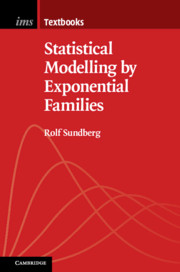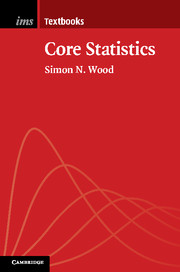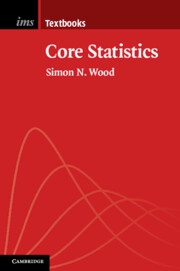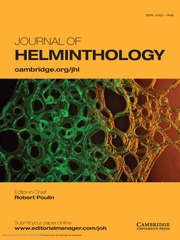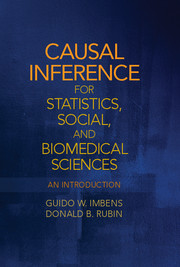Matched Sampling for Causal Effects
Matched sampling is often used to help assess the causal effect of some exposure or intervention, typically when randomized experiments are not available or cannot be conducted. This book presents a selection of Donald B. Rubin's research articles on matched sampling, from the early 1970s, when the author was one of the major researchers involved in establishing the field, to recent contributions to this now extremely active area. The articles include fundamental theoretical studies that have become classics, important extensions, and real applications that range from breast cancer treatments to tobacco litigation to studies of criminal tendencies. They are organized into seven parts, each with an introduction by the author that provides historical and personal context and discusses the relevance of the work today. A concluding essay offers advice to investigators designing observational studies. The book provides an accessible introduction to the study of matched sampling and will be an indispensable reference for students and researchers.
- This is the only book devoted to the topic of matched sampling
- There are important fundamental theoretical results presented as well as real applications
- The author is in the top ten cited writers in mathematics in the world, according to ISI Science Watch
Reviews & endorsements
"A useful reference for the student of statistics interested in this area."
Angie Wade, University College, London
"... Researchers and practitioners are both likely to find something of interest to them in this book. In particular, researchers in causal inference who don't already have most of these papers - particularly those just starting out in the field - will be well served by this compact assembly of papers."
Biometrics
Product details
September 2006Paperback
9780521674362
502 pages
235 × 155 × 26 mm
0.676kg
108 tables
Available
Table of Contents
- Part I. The Early Years and the Influence of William G. Cochran:
- 1. William G. Cochran's contributions to the design, analysis, and evaluation of observational studies
- 2. Controlling bias in observational studies: a review William G. Cochran
- Part II. Univariate Matching Methods and the Dangers of Regression Adjustment:
- 3. Matching to remove bias in observational studies
- 4. The use of matched sampling and regression adjustment to remove bias in observational studies
- 5. Assignment to treatment group on the basis of a covariate
- Part III. Basic Theory of Multivariate Matching:
- 6. Multivariate matching methods that are equal percent bias reducing, I: Some examples
- 7. Multivariate matching methods that are equal percent bias reducing, II: Maximums on bias reduction for fixed sample sizes
- 8. Using multivariate matched sampling and regression adjustment to control bias in observational studies
- 9. Bias reduction using Mahalanobis-metric matching
- Part IV. Fundamentals of Propensity Score Matching:
- 10. The central role of the propensity score in observational studies for causal effects Paul R. Rosenbaum
- 11. Assessing sensitivity to an unobserved binary covariate in an observational study with binary outcome Paul R. Rosenbaum
- 12. Reducing bias in observational studies using subclassification on the propensity score Paul R. Rosenbaum
- 13. Constructing a control group using multivariate matched sampling methods that incorporate the propensity score Paul Rosenbaum
- 14. The bias due to incomplete matching Paul R. Rosenbaum
- Part V: Affinely Invariant Matching Methods with Ellipsoidally Symmetric Distributions, Theory and Methodology:
- 15. Affinely invariant matching methods with ellipsoidal distributions Neal Thomas
- 16. Characterizing the effect of matching using linear propensity score methods with normal distributions Neal Thomas
- 17. Matching using estimated propensity scores: relating theory to practice Neal Thomas
- 18. Combining propensity score matching with additional adjustments for prognostic covariates
- Part VI. Some Applied Contributions:
- 19. Causal inference in retrospective studies Paul Holland
- 20. The design of the New York school choice scholarships program evaluation Jennifer Hill and Neal Thomas
- 21. Estimating and using propensity scores with partially missing data Ralph D'Agostino Jr.
- 22. Using propensity scores to help design observational studies: application to the tobacco litigation
- Part VII. Some Focused Applications:
- 23. Criminality, aggression and intelligence in XYY and XXY men H. A. Witkin
- 24. Practical implications of modes of statistical inference for causal effects and the critical role of the assignment mechanism
- 25. In utero exposure to phenobarbital and intelligence deficits in adult men June Reinisch, Stephanie Sanders, and Erik Mortensen
- 26. Estimating causal effects from large data sets using propensity scores
- 27. On estimating the causal effects of DNR orders Martin McIntosh.


